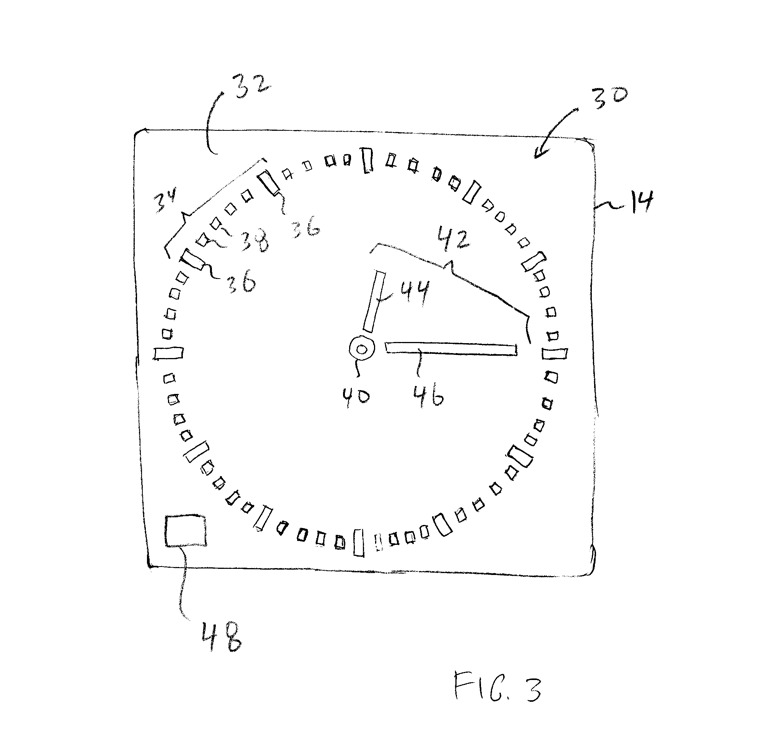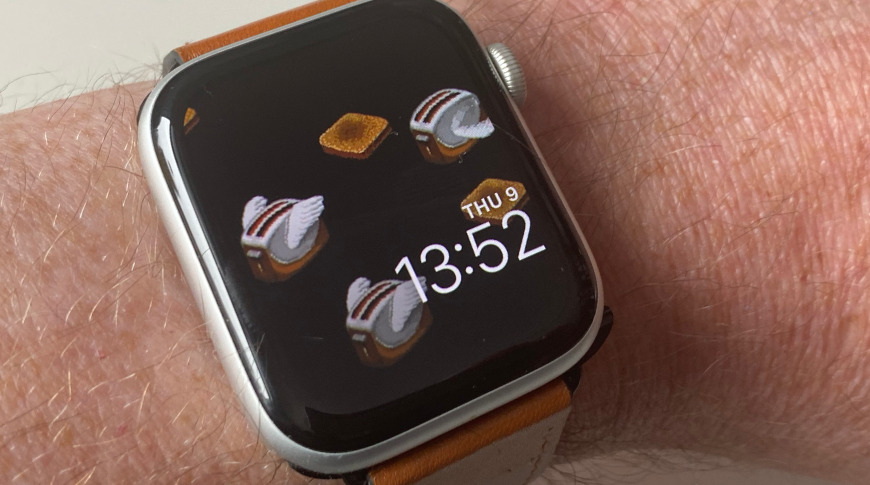New proposals from Apple may see always-on Apple Watch faces alter their images to avoid old-style screen burn-in.
The Apple Watch is about as far away as you can get from devices like the Macintosh SE/2 and Macintosh IIfx of the last century, but it seems it could be prone to a problem that dogged those and all computers with CRT screens. Apple wants to make sure that an image which stays on screen for a long time, doesn't damage the display and appear to stay there forever.
"Electronic Devices With Display Burn-in Mitigation," US Patent Application No. 20200218204, details steps Apple has devised for avoiding the problem. It's likely that at least some of these are already present in the Apple Watch Series 5, if not earlier models, but this is the first time solutions have been presented.
"Burn-in may result when a static image is displayed on a display for an extended period of time," explains the application. "This can cause uneven wear on the pixels of the display. If care is not taken, burn-in effects can lead to the creation of undesired ghost images on a display."
In theory, this could affect iPhones or iPads which display the same app icons in the same place. However, those devices go to sleep when not used and the Apple Watch is now able to show at least some elements all the time, and so greatly increase the risk of burn-in.
"A watch face image on the display may contain watch face elements such as watch face hands, watch face indices, and complications," says the application. "To reduce burn-in risk for watch face elements, control circuitry in the electronic device may impose burn-in constraints on attributes of the watch face elements such as peak luminance constraints, dwell time constraints, color constraints, constraints on the shape of each element, and constraints on element style."
"These constraints may help avoid situations in which static elements such as watch face indices create more burn-in than dynamic elements such as watch face hands," it continues.
The whole application is about how Apple can electronically mitigate the problem by balancing what it calls "dwell time," the time a user spends actually looking at a screen, and reducing the intensity of that display.
"[Watch face hands] are in motion and therefore do not linger for prolonged periods of time over any given pixel or set of pixels relative to more persistent watch face elements such as indices [and complications]," says the application. "To reduce the burn-in risk... control circuitry can be configured to dynamically adjust the locations... during operation."
So Apple's proposal is to have the Apple Watch adjust the position on screen of key elements. It may be so subtle that it isn't immediately obvious, but Apple plans "repeated radial inward and outward movement" to spread "out the pixel wear."
 Detail from the patent application. Watch hands are not a burn-in problem, but all the other elements here could be
Detail from the patent application. Watch hands are not a burn-in problem, but all the other elements here could be"If desired, the overall watch face artwork that is displayed on display (e.g., hands, indices, and/or other watch face elements) may be scaled in size," continues the application. "For example, always-on artwork may be adjusted to have 95% of its nominal (100%) size to help reduce burn-in effects."
Regrettably, nowhere in the patent application does it suggest giving us After Dark-style screensavers for our Apple Watches.
 William Gallagher
William Gallagher







-m.jpg)






 Malcolm Owen
Malcolm Owen

 Thomas Sibilly
Thomas Sibilly
 Wesley Hilliard
Wesley Hilliard
 Marko Zivkovic
Marko Zivkovic












11 Comments
Which current display technologies still suffer this problem?
I appreciate the flying toaster easter egg.